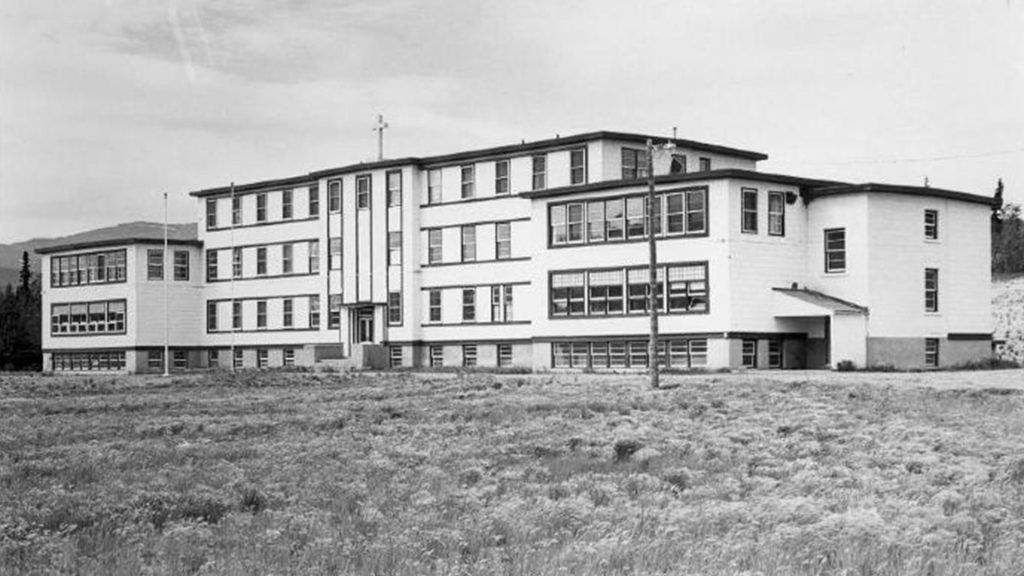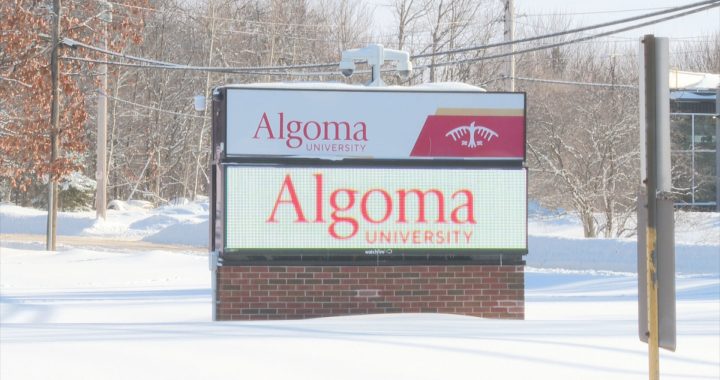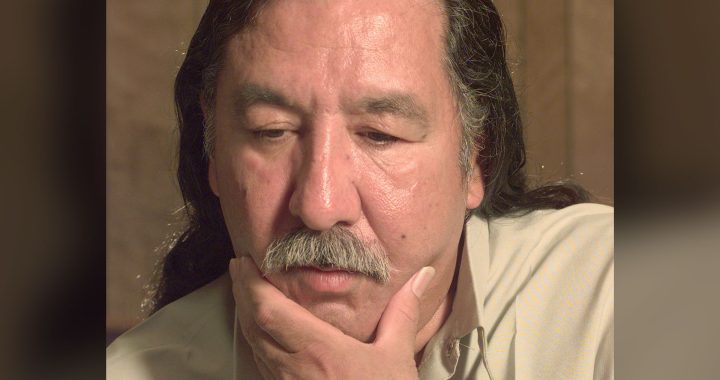
The former Chooutla Indian Residential School in Carcross, Yukon. Photo: National Centre for Truth and Reconciliation
The federal government says it is making some new information available about old residential schools.
On Friday, Indigenous Services Canada (ISC) launched an interactive mapping tool and environmental scan report of some former school sites and buildings.
The interactive data covers the 140 former residential schools recognized in the Indian Residential Schools Settlement Agreement (IRSSA).
“This new tool will empower Survivors and communities in their journey toward healing from the pain and trauma caused by residential schools,” said ISC minister Patty Hajdu in a news release. “It will also advance Indigenous Data Sovereignty and provide another tool of self-determination.
“Facing the past is painful but essential in the healing we must all do together.”
The IRSSA recognized thousands of First Nation, Inuit and Métis survivors who were forced to attend residential schools and provided compensation. It also created a healing foundation and the Truth and Reconciliation Commission of Canada.
Hajdu said making the government documents public will make it easier for survivors, families, communities and researchers to get the answers they seek.
She said work on the project began in 2022, and aligns with “initiatives and legislation” calling for Indigenous data sovereignty under Canada’s United Nations Declaration on the Rights of Indigenous Peoples Act Action Plan, the Truth and Reconciliation Commission of Canada’s Calls to Action and the 2023–2026 Data Strategy for the Federal Public Service.
ISC also commissioned the National Centre for Truth and Reconciliation to develop a companion report on the future use or protection of former residential school sites and buildings, Hajdu added.
Quick facts:
- The report provides an overview of the current condition, jurisdictional ownership and complexities related to sites and buildings of the 140 former residential schools recognized in the Indian Residential Schools Settlement Agreement.
- The mapping tool integrates the data held by various publicly available datasets and offers users the ability to visualize residential school sites, access historical contexts, and use advanced analytical features, such as search, filters and measurement tools.
- Approximately 150,000 Indigenous children were removed and separated from their families and communities and forced to attend residential schools.
- A National Residential School Crisis Line is available to access emotional and crisis referral services by calling the 24-hour number at 1-866-925-4419.
- The Hope for Wellness Help Line is also available at 1-855-242-3310 or via the online chat function through their website.










